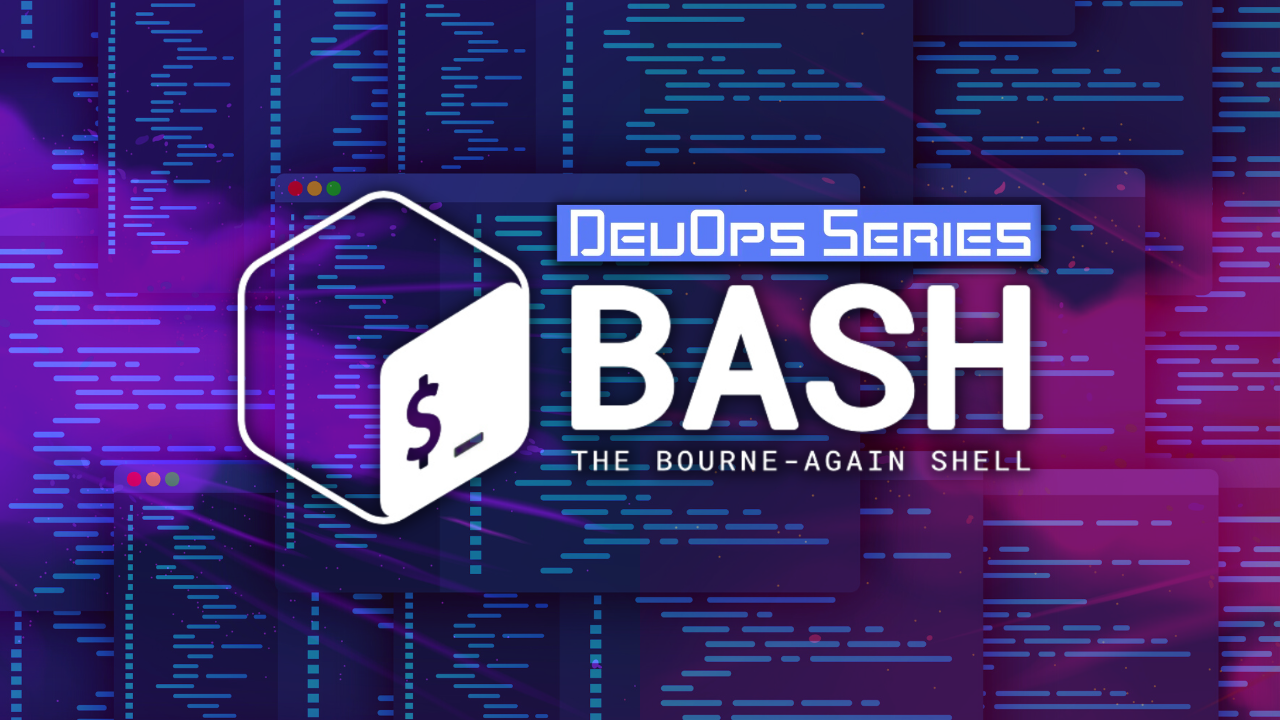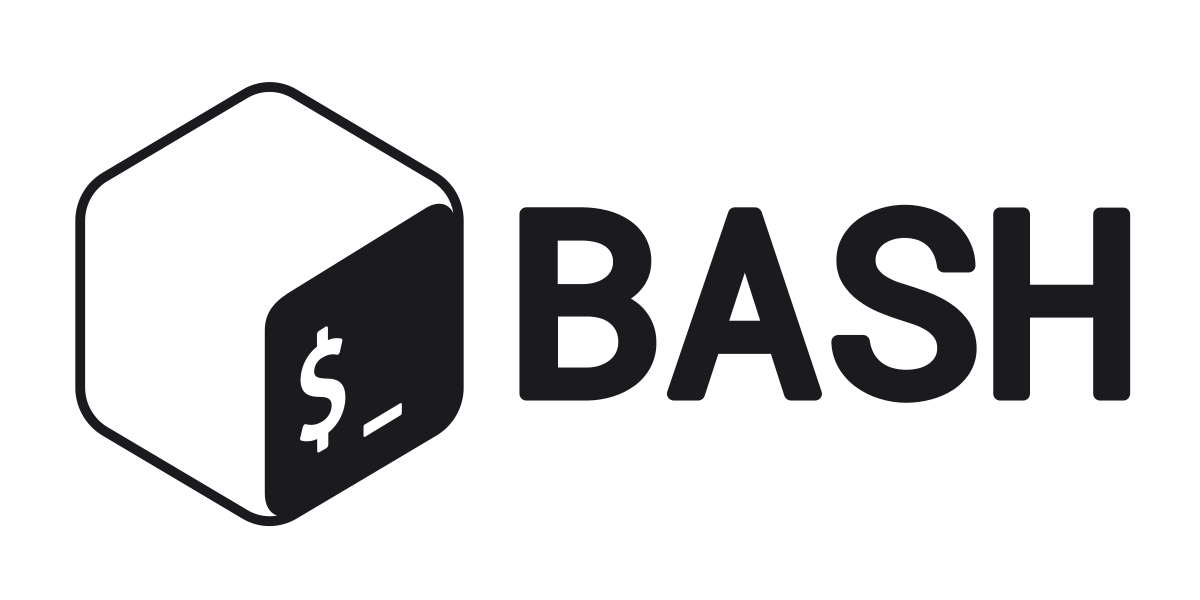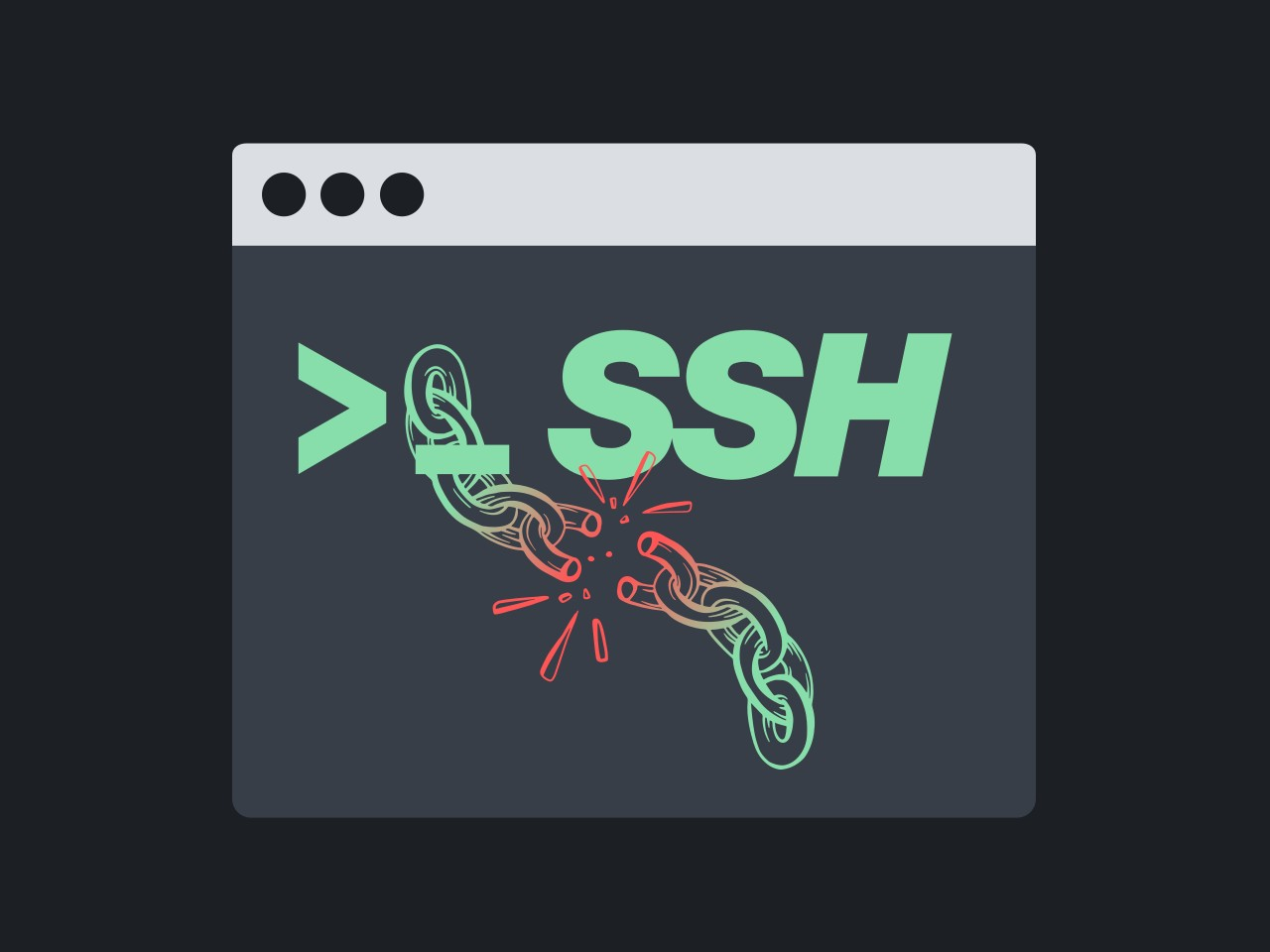In the realm of computing, the command line interface (CLI) stands as a gateway to unparalleled power and efficiency. At the heart of this interface lies Bash scripting, a versatile and robust tool for automating tasks, manipulating data, and managing systems with ease. Despite its potential, Bash scripting often remains shrouded in mystery for many users. In this article, we embark on a journey to demystify Bash scripting, unlocking its full potential and empowering users to harness the power of the command line like never before.
Understanding the Command Line and Bash Scripting
The command line is a text-based interface through which users interact with their computer’s operating system. Unlike graphical user interfaces (GUIs), which rely on visual elements like windows and buttons, the command line allows users to execute commands directly by typing text-based instructions. Bash, the default shell for Unix-like systems, provides a powerful environment for executing commands, manipulating files, and automating tasks through scripting.
The Fundamentals of Bash Scripting
At its core, Bash scripting involves writing sequences of commands that are executed in a predefined order. These scripts can incorporate variables, control structures, functions, and other programming constructs to perform complex tasks. Understanding the fundamentals of Bash scripting, including syntax, variables, and flow control, lays the groundwork for unlocking its full potential.
Demystifying Bash Scripting Concepts
Bash scripting encompasses a range of concepts and techniques that may seem daunting to beginners. By breaking down these concepts into digestible components, we can demystify Bash scripting and make it more accessible to users of all levels. From variable substitution and command substitution to conditional statements and loops, each concept serves as a building block for constructing powerful and efficient Bash scripts.
Practical Applications of Bash Scripting
Bash scripting finds application in a wide array of scenarios, from automating system administration tasks to processing data and managing workflows. Whether it’s automating backups, deploying software, or analyzing log files, Bash scripting provides a flexible and efficient solution for solving real-world problems. By exploring practical examples and case studies, users can gain insight into the versatility and utility of Bash scripting in various contexts.
Tips and Best Practices for Effective Bash Scripting
- Start Small: Begin with simple scripts and gradually tackle more complex tasks as you gain confidence and experience.
- Use Descriptive Names: Choose meaningful names for variables, functions, and scripts to enhance readability and maintainability.
- Document Your Code: Add comments and documentation to explain the purpose and logic of your scripts, making them easier to understand and maintain.
- Test Thoroughly: Test your scripts in different environments and scenarios to ensure they behave as expected and handle errors gracefully.
- Seek Community Support: Tap into online resources, forums, and communities to seek advice, share knowledge, and collaborate with fellow Bash scripters.
Conclusion
Bash scripting is a powerful tool for unlocking the full potential of the command line interface. By demystifying Bash scripting and exploring its concepts, applications, and best practices, users can harness the power of the command line to automate tasks, solve problems, and streamline workflows with confidence and efficiency. Whether you’re a novice user or an experienced sysadmin, mastering Bash scripting opens the door to a world of possibilities in the realm of computing.











